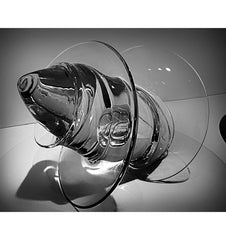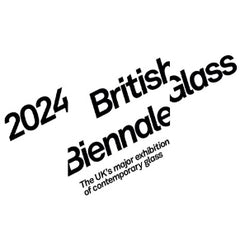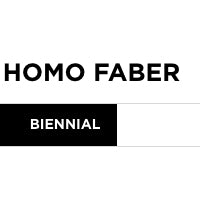
In 1933 a group of master glassblowers who had left the Barovier & Co . firm decided to open its own glass factory, making the begnnings of the Artistica Soffieria e Vetreria Barovier Seguso Ferro.
Production was constituted by encased blown glass, stylized figurines, animals and cactus plants, vaguely in keeping with current fashions. Vittorio Zecchin also contributed initially but since he hadn't a great interest in the new tendencies of the new Murano productions in the use of heavy materials, he left, but suggested that a talented designer, Flavio Poli , would take his place.
This young man had already made a name for himself for the bold use he had made of the massello glass at Libero Vitali 's firm I.V.A.M. In 1937, when Luigi Ferro left, the glass factory took the current name of Seguso vetri d'Arte .
Poli, working together with some outstanding maestros, such as Archimede Seguso , the master glassblower who became himself a partner, concentrated his interests on thick materials, enhanced by the inclusions of metal particles or tiny air bubbles ( bulicante glass). At the Venice Biennale of those years the series of animals in hot-modeled glass met with great success, together with corroded vases and the bulicante glass sculptures. At the time, much was made in "Domus" magazine of the innovative proposal that represented a decisive step in the development of Murano glass. After the war, a few series of light vases, with multicoloured bands, exhibited at the 1948 Venice Biennale.
When he had reached his full maturity, Flavio Poli designed during the period 1950-1960 a whole series of sommerso pieces, made of essential shapes, characterized by the use of cold colours, on occasion enlivened by a thread in a contrasting colour, ad finished off at the wheel, in order to obtain a more marked contrast between the thick base and the thin, almost cutting, edges. The "valve" were produced during that period: they are a kind of glass shells, sometimes characterized by a corroded surface; more, Flavio Poli produced the stylized "pesci", the "siderali", vases and bowls decorated with a huge murrina characterized by coloured rings, submerged in a layer of transparent glass. But we must keep in mind that one of the sectors where the firm found its best expressions was in lighting, especially designed for public spaces, large hotels, ocean liners, in Italy and abroad: to list them all would take too long, but just as an example we recall the enormous chandelier commissioned by conte Vittorio Cini, for the private library of Giovanni XXIII pope.
The accolades received by the firm for these productions are numberless, both in Italy and abroad: particularly the Compasso d'Oro award in 1954, the Grand Prix at the four editions of the Triennale after the second world war 1958 International Exhibtion in Brussels (Belgium). Mario Pinzoni got to work side by side with Flavio Poli in the early 60s and continued his work along Flavio Poli's guidelines, after Poli's retirement in 1963. But the majority of the objects, especially the most important ones, were executed by the maestro Angelo Seguso , brother to Archimede, and already a partner in the firm.
The firm is still operative.





Patrickgup
Apr 25, 2024 at 23:32Полностью свежие новинки мира fashion.
Важные мероприятия мировых подуимов.
Модные дома, торговые марки, haute couture.
Интересное место для стильныех хайпбистов.
https://gucci1.ru/
https://gucci1.ru/